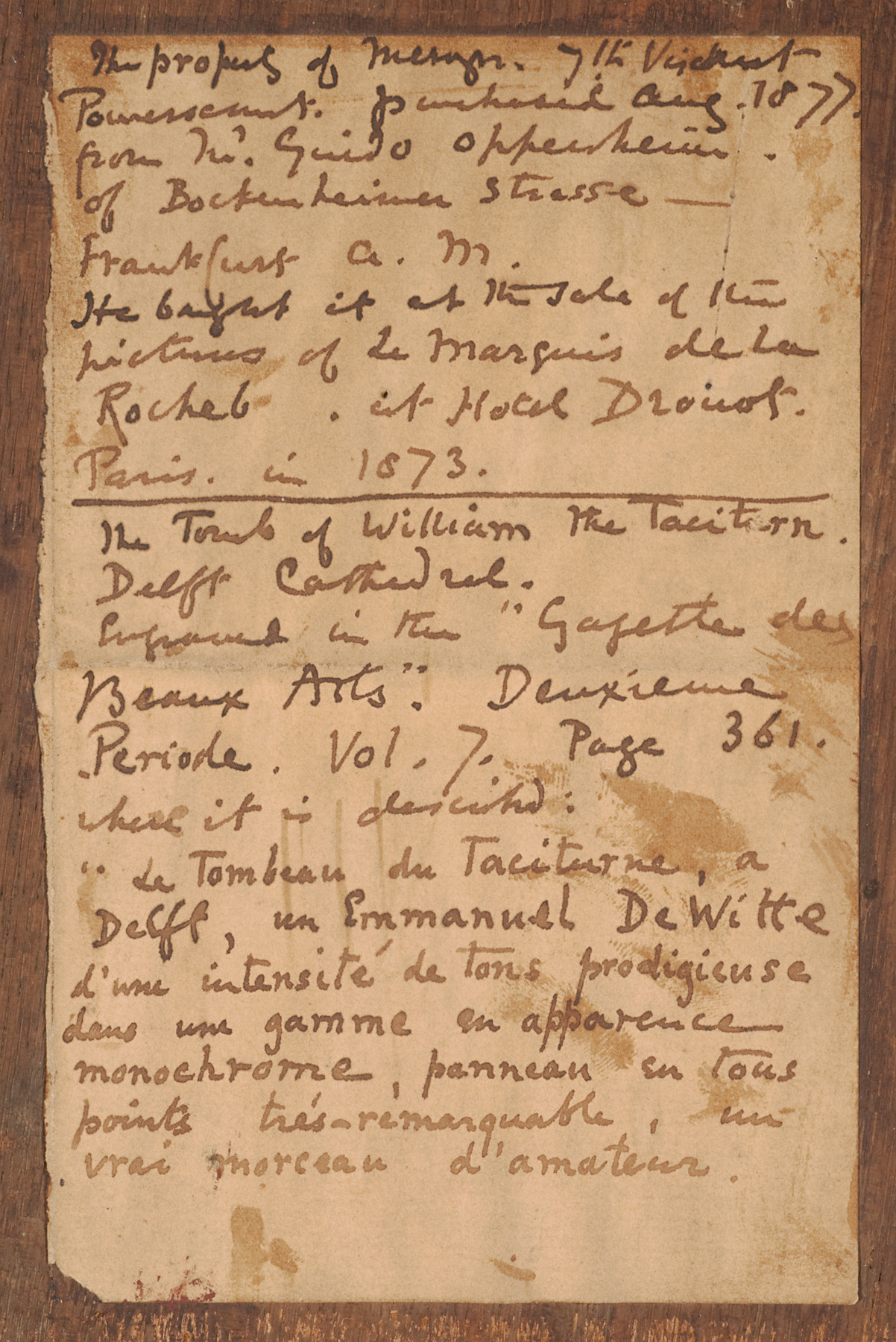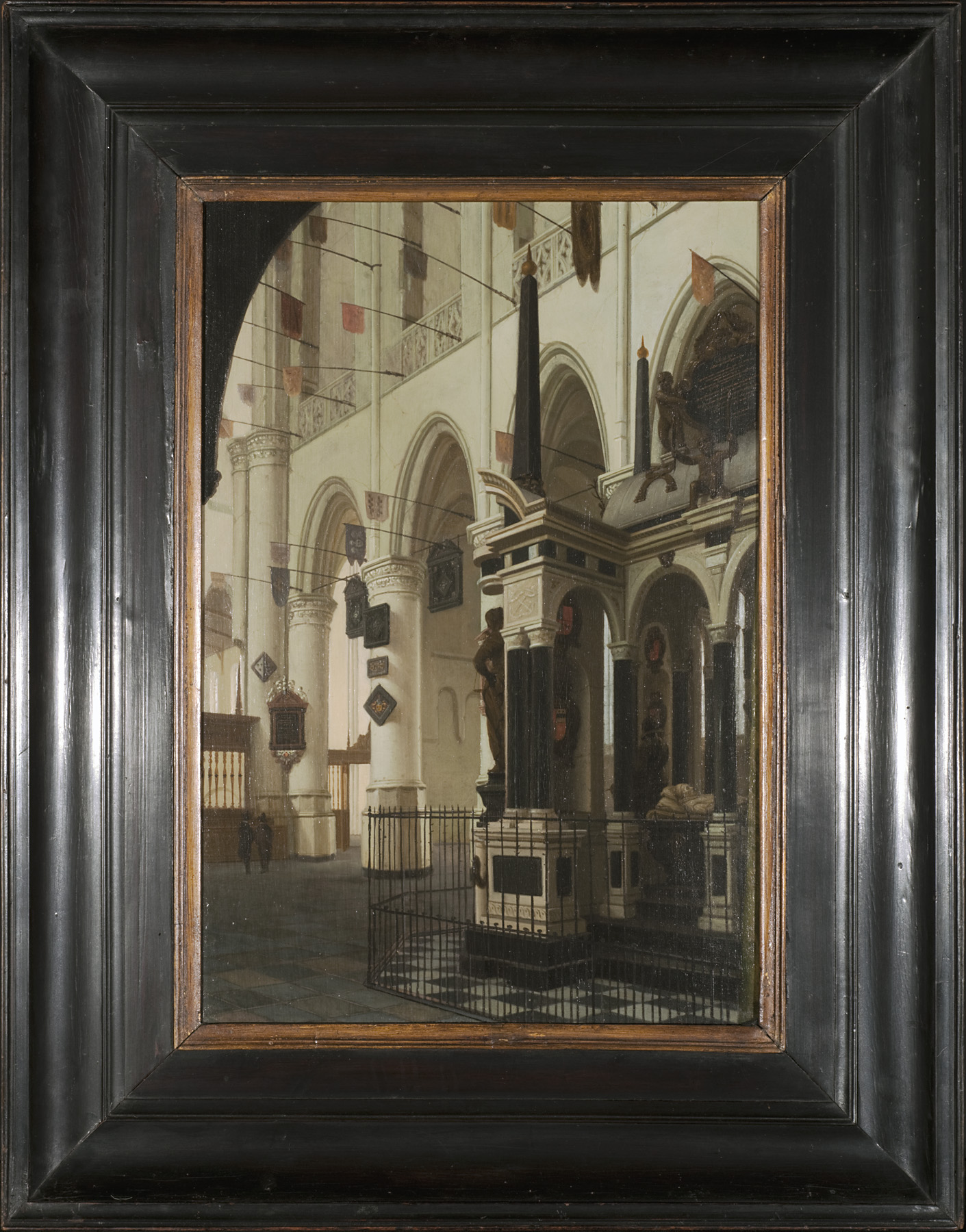The Tomb of William the Silent, New Church Delft, Hendrik Cornelisz. van Vliet
Artwork Overview
Hendrik Cornelisz. van Vliet, artist
1611 or 1612–1675
The Tomb of William the Silent, New Church Delft,
mid 1600s
Where object was made: Netherlands
Material/technique: oil; panel
Credit line: Museum purchase: Helen Foresman Spencer Art Acquisition Fund
Accession number: 1995.0045
Not on display
If you wish to reproduce this image, please submit an image request











